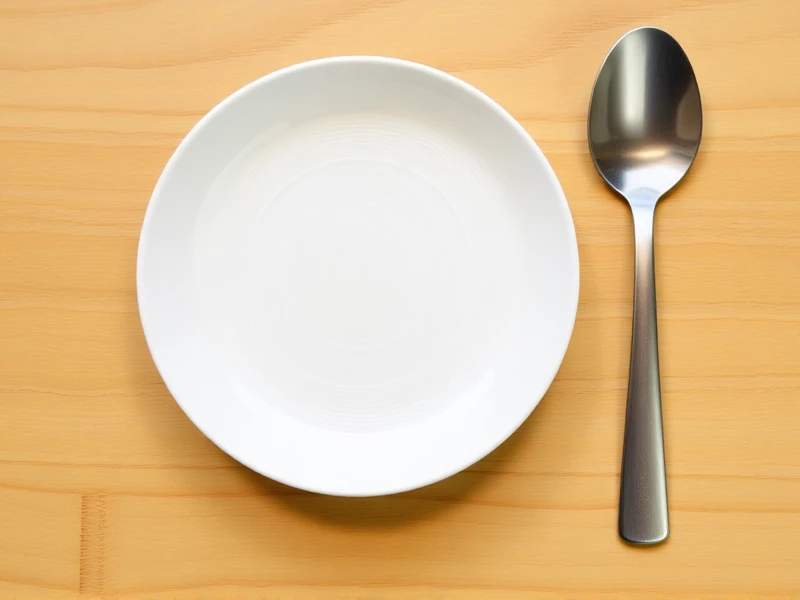
The Humble Spoon: More Than Just a Kitchen Utensil
Sure, here is an original, SEO-optimized article focusing on the keyword "Spoon," written in English and formatted as requested:
Think about a kitchen drawer. What's one item guaranteed to be nestled inside, probably in multiples? The answer is simple yet essential: the spoon. This seemingly basic tool is a cornerstone of daily life, far exceeding its primary duty of moving food from bowl to mouth. From the cradle to sophisticated dining, the journey of the spoon involves history, design, and surprising versatility.
Its origins stretch back millennia. Archaeological evidence points to crude spoons crafted from shell, wood, or bone used by prehistoric communities. Ancient Egyptians utilized spoons made from ivory, flint, and wood, while Romans popularized versions in bronze and silver, solidifying its status as both a functional and status symbol. The core design – a handle and a concave bowl – has proven timelessly effective.
Fast forward to today, and the diversity in types of spoons is remarkable. The familiar tablespoon and teaspoon rule the dining table and recipe ingredients list. Dive deeper, though, and encounter specialized spoons designed for specific tasks: the long-handled sundae spoon for tall desserts, the delicate demitasse spoon for espresso, the sturdy serving spoon for buffets, the perforated slotted spoon for draining liquids, the rounded soup spoon, and the precise measuring spoon. Each variation highlights thoughtful design adapted to function.
Beyond eating and serving, spoons play crucial roles across different domains. They are indispensable tools in cooking for stirring, tasting, and basting. Pharmacists and chemists rely on precise medicine spoons (like dosing cups and oral syringes often used with them), while artists and sculptors use spoons as shaping tools or even as canvases. They hold cultural significance worldwide, featuring in rituals, folklore, and even as good luck charms or musical instruments (spoon playing!). Materials have also evolved dramatically, encompassing classic stainless steel and silver to durable plastics for picnics, heat-resistant silicone for cooking, sustainable bamboo, and even beautiful artisan ceramics.
Modern innovation continues to refine the spoon. Ergonomics enhance comfort, non-stick coatings improve functionality for sticky tasks, and collapsible designs save space for travelers. Sustainability is a major driver, with increased focus on reusable materials like bamboo, recycled stainless steel, and biodegradable options to reduce plastic waste generated by disposable utensils. The quest remains for the perfect balance of form, function, and environmental responsibility.
Whether it's the comforting familiarity of stirring a morning coffee, the practicality of serving a family dinner, the precision demanded in pharmaceuticals, or the artisan craftsmanship of a unique piece, the spoon demonstrates that utility and history can co-exist in the simplest of objects. Its journey reflects human ingenuity in turning necessity into an object of both everyday use and remarkable diversity. Never underestimate the significance packed into that little bowl and handle resting in your drawer.